Consider the bully. This juvenile sadist makes a hobby out of humiliation, intimidation, inflicting pain both physical and emotional. In many cases, they are effective enough at gaslighting to avoid so much as a detention’s worth of punishment. Adults comfort young victims with assurances that bullies are living their glory days in the locker room and have nothing but misery to look forward to. But what is a person supposed to do when she grows up, stays stuck in the claustrophobic town where she was a teenage pariah, takes a soul-crushing job, watches her family disintegrate around her… and her bully, still thriving, just keeps making things worse?
This is the conundrum facing Rhiannon Lewis, the abject antihero of the dark, sneakily funny British thriller Sweetpea, whose first episode is now streaming on the Starz app in advance of its Oct. 10 linear premiere. Played with nervous intensity by Ella Purnell, a breakout star of Yellowjackets and Fallout, Rhiannon works as a receptionist at a local newspaper—where she’s so invisible, the editor (Jeremy Swift from Ted Lasso) tosses his coat on her head as he enters the office. Her interest in an open junior reporter position is treated as a bit of a joke. And her personal life is an even bigger disaster. Friendless and without romantic prospects, she watches helplessly as her ailing father dies in the hospital. Then her sister, Seren (Alexandra Dowling), arrives from abroad for the funeral, with a plan to sell the family home out from under Rhiannon. The real estate agent she’s chosen happens to be the person most responsible for making Rhiannon such a meek, repressed person: her high school bully, Julia (Mood’s Nicôle Lecky).
Episodes of Sweetpea open with a voiceover from Purnell, listing who Rhiannon would like to kill and why. Julia’s crime? “Not peaking at school like bullies are supposed to.” Instead, the girl whose constant abuse made Rhiannon so anxious, she pulled out her own hair and had to buy a wig—which Julia snatched off her head at a school dance—has grown up to be one of the area’s most prominent brokers, smirking out from her firm’s ubiquitous billboards. She’s got the perfect house and the perfect husband (Dino Kelly). She struts around town in glamorous going-out tops with the same mean-girl clique that made her their queen in high school. And now she has the nerve to take from Rhiannon the only thing she has left of her beloved dad?

It’s enough to make an emotionally fragile person snap—and Rhiannon does, in spectacularly violent fashion. After she commits her first murder in a burst of misdirected fury, the case becomes front-page news; suddenly our girl is scrambling to both cover her tracks and prove she’s worthy of a promotion by reporting on the crime. Then something unexpected starts to happen. Through her stealth and scheming and, yes, killing, Rhiannon develops something like self-esteem. She demands respect at work. She seduces a handsome former employee of her father’s (Jon Pointing), while being low-key pursued by a witty co-worker (Calam Lynch) who may be a better match. When a manspreader squishes in next to her on a bus, she strokes his leg, watches him recoil, and purrs: “Oh, I’m sorry. Did I make you uncomfortable?”
Billed as a “coming-of-rage story” and based on the novel by C.J. Skuse, Sweetpea begins as a keen character study of a woman who, stunted by a miserable adolescence, does something terrible in a desperate effort to exert control over a life in which she has always felt powerless. In a performance that convincingly mixes ferocity, vulnerability, and quirk, Purnell plays what is essentially the opposite of her Yellowjackets character—a prom-queen type who finds herself ill-equipped for life in a brutal wilderness. Our sympathy for Rhiannon makes her violence cathartic, seeding a discomfort in our own pleasure that grows, without making the show any less entertaining, as her murder spree continues throughout the six-episode season.
As Julia comes ever closer to selling the house, the balance of power between bully and victim shifts. Rhiannon convinces herself that she’s channeling her victimhood into heroism, ridding the world of people who harass and ridicule and otherwise run roughshod over their sensitive peers. But Julia has a different take. “You’re not a victim,” she scoffs “You’re a f-cking loser who blames everyone else for your sh-t life.” Is it really Julia’s fault that Rhiannon failed to grow out of her awkward stage? And what does Rhiannon truly know about Julia’s life now, based on some billboards and a few tense in-person encounters? Victim and bully turn out not to be mutually exclusive roles. Aggression is cyclical. There’s some truth to the cliché hurt people, hurt people.

These ideas may sound didactic on paper, but they don’t come across that way on screen. For all its thoughtfulness, Sweetpea has the electricity of a twisted revenge thriller—making it ideal for fans of Dead to Me or Bad Sisters, or anyone else looking for a spooky-season binge with more layered characters, sharp humor, and moral complexity than the latest Ryan Murphy gore fest. While its setup has familiar elements, the show really comes into its own after a couple of episodes, as Purnell and Lecky get more screen time together and a character who shares Rhiannon’s outcast perspective (Leah Harvey’s Marina) starts investigating the murders.
The season culminates in one of the best cliffhanger finales I’ve seen in a while. Rich fodder for the even crazier second season I hope we’ll get to see, it’s also a reality check on our affinity for a budding serial killer posing as a cub reporter (or is it the other way around?). In getting viewers on Rhiannon’s side early, Sweetpea finds a bountiful source of suspense in the question of whether we’re watching the blossoming of a wallflower or the making of a monster.

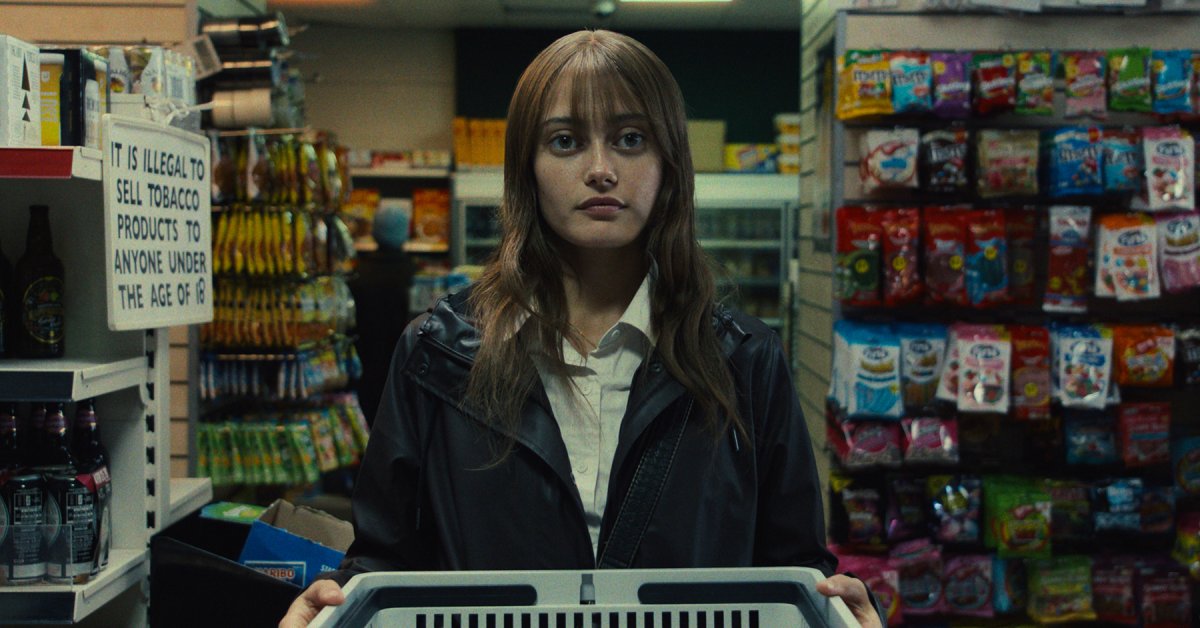
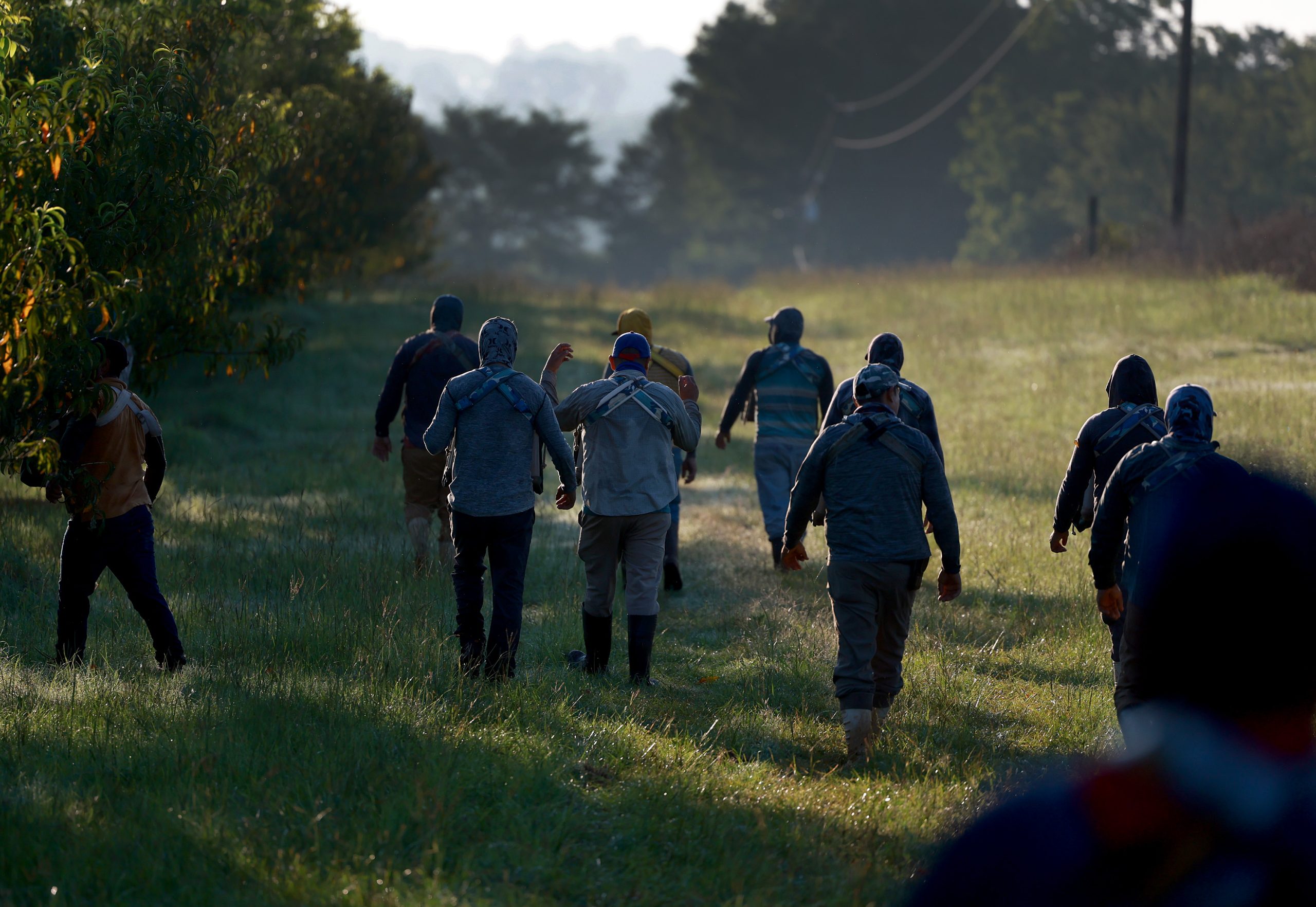

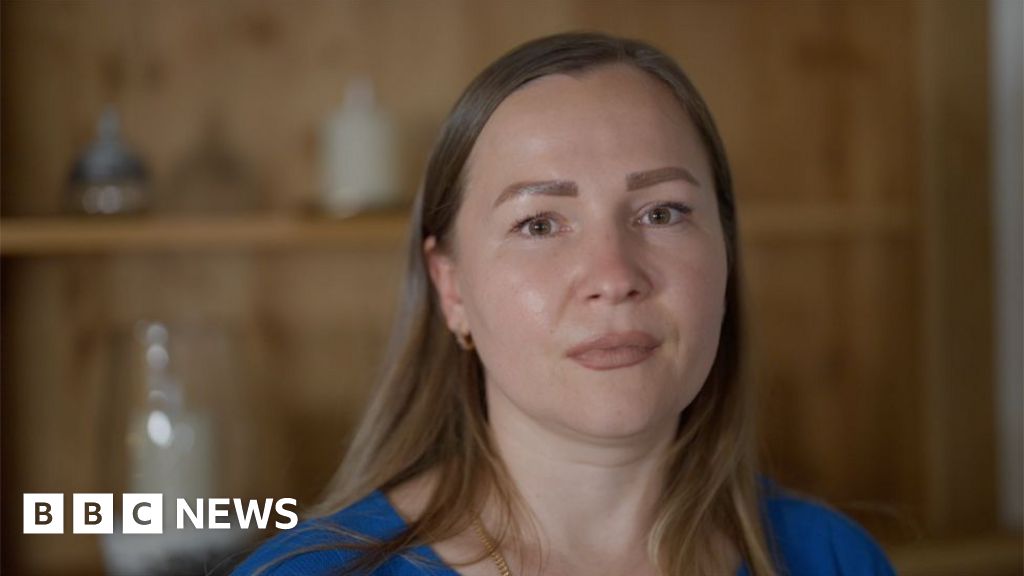

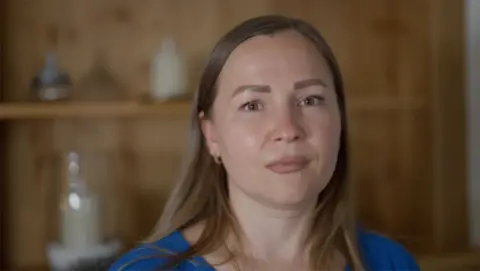
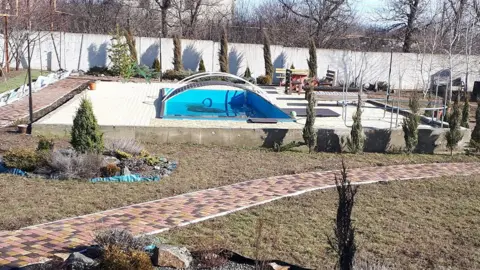

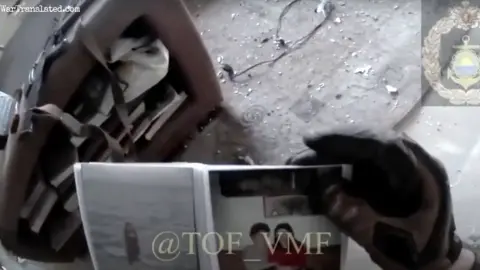
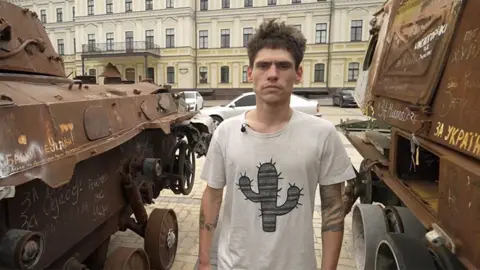
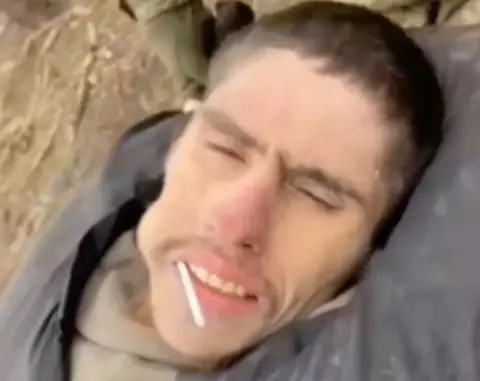
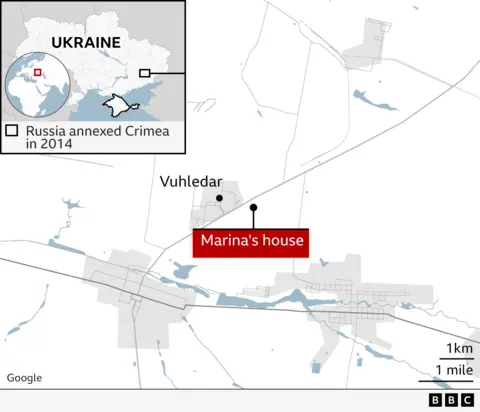

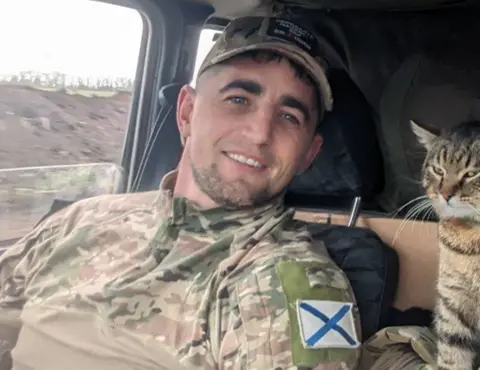
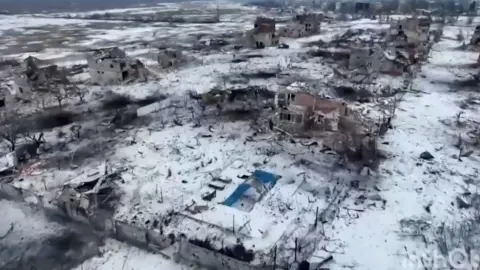



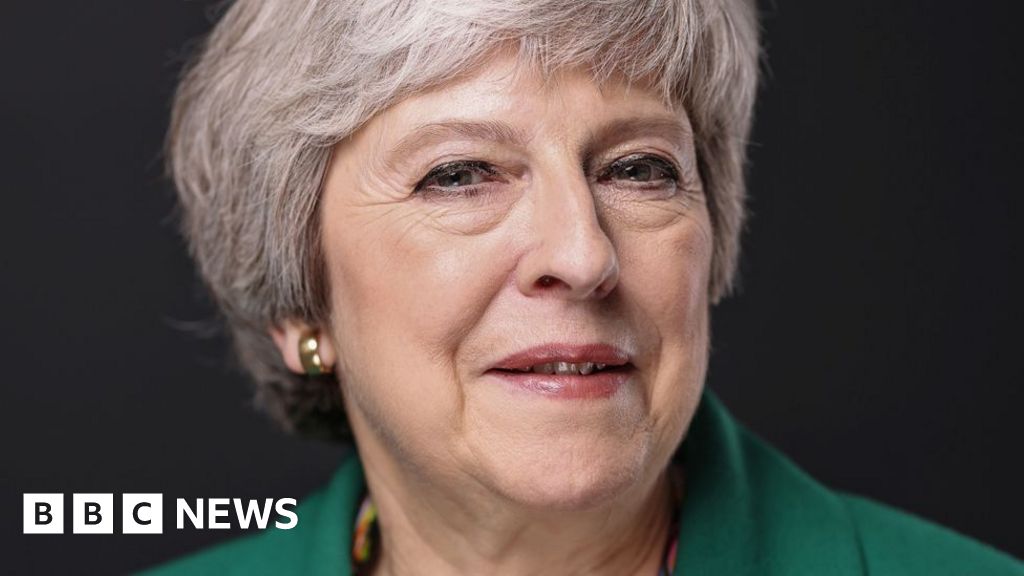
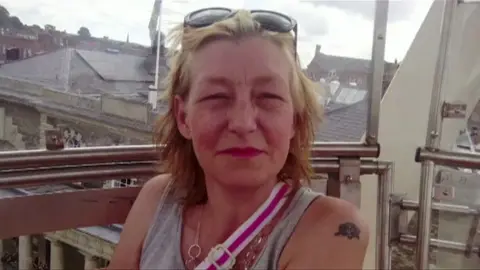





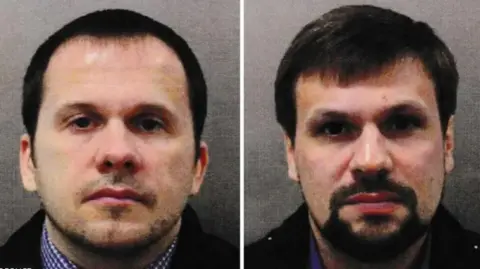




























































































































You must be logged in to post a comment Login